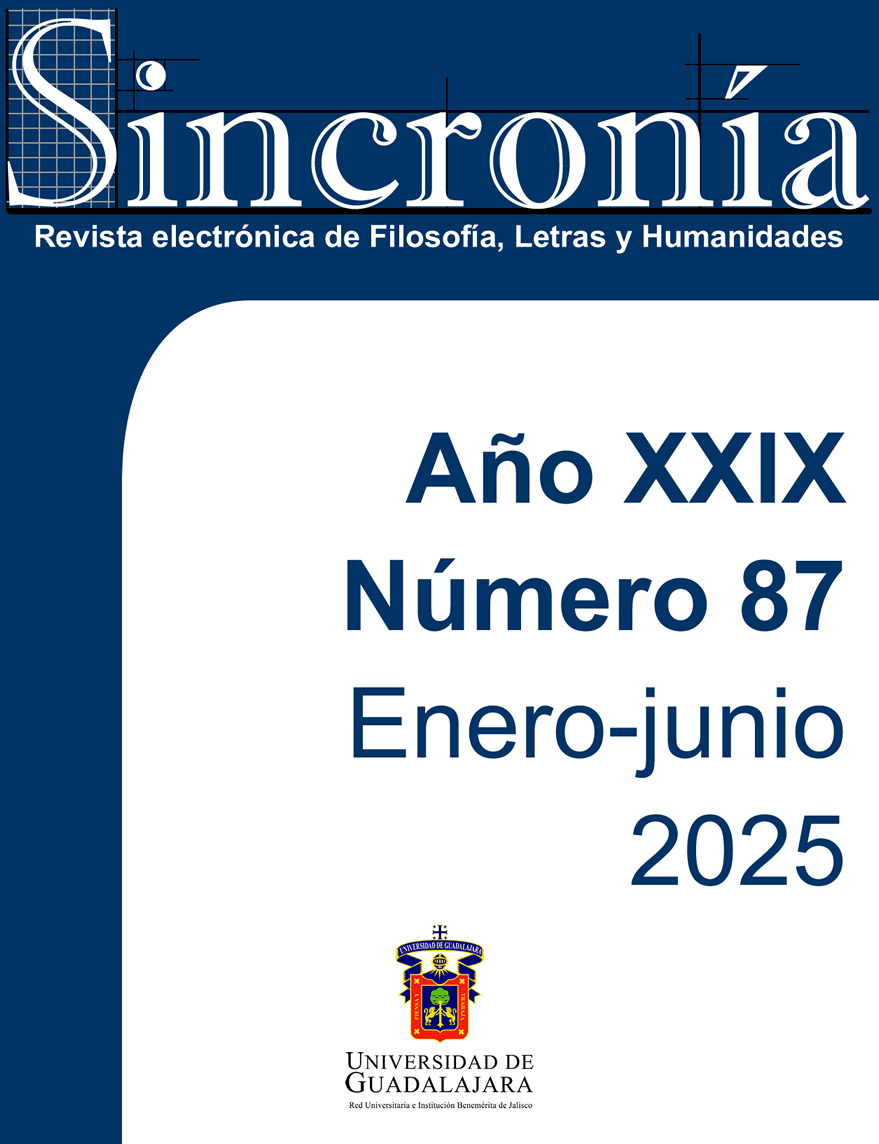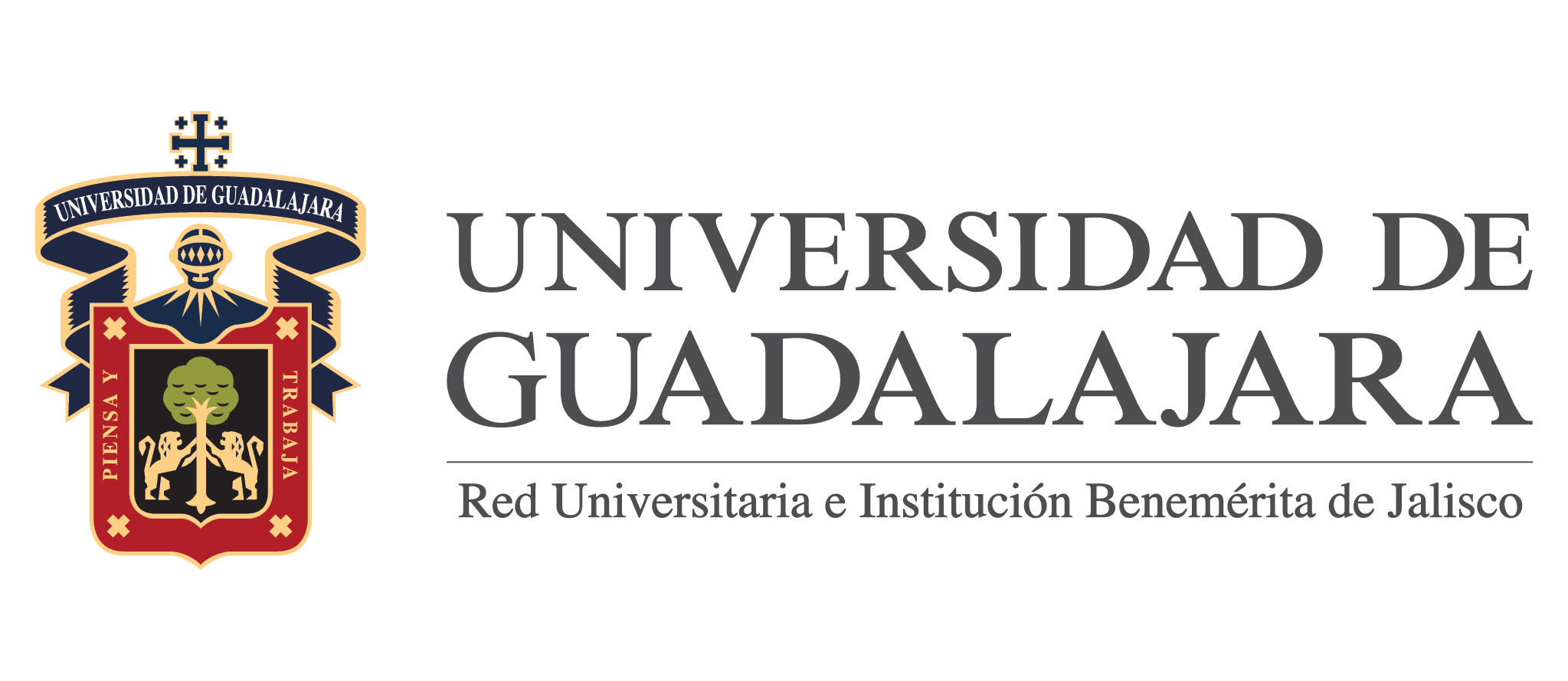Adolfo Bellocq and the marginality of Buenos Aires: a visual interpretation of Esteban Echeverría's El matadero
Keywords:
marginality, afrodescendant culture, illustrationAbstract
This paper explores El matadero illustrated by Adolfo Bellocq (1899-1972), the Argentine painter and member of the so-called Artistas del Pueblo, a group of Argentine painters, engravers and illustrators who reached their peak during the 1920s and who were characterized, among other things, by a social conception of art. The aim was to analyze, through the notions of the illustrator as critic and the tradition of visual representations, how Bellocq dialogues with the literary source to propose a visual interpretation of marginality based on the figuration of members of Afro-descendant communities. It is concluded that from this dialogue derives a visual interpretation that subtly subverts the value that the text gives to blacks and mulattoes, whom it treats as one of the manifestations of barbarism.Keywords: marginality, afrodescendant culture, illustration
Downloads
Downloads
Published
How to Cite
Issue
Section
License
Copyright (c) 2024 Daniel Avechuco Cabrera

This work is licensed under a Creative Commons Attribution-NonCommercial 4.0 International License.
You are free to:
- Share — copy and redistribute the material in any medium or format
- Adapt — remix, transform, and build upon the material
- The licensor cannot revoke these freedoms as long as you follow the license terms.
Under the following terms:
- Attribution — You must give appropriate credit , provide a link to the license, and indicate if changes were made . You may do so in any reasonable manner, but not in any way that suggests the licensor endorses you or your use.
- NonCommercial — You may not use the material for commercial purposes .
- No additional restrictions — You may not apply legal terms or technological measures that legally restrict others from doing anything the license permits.




























